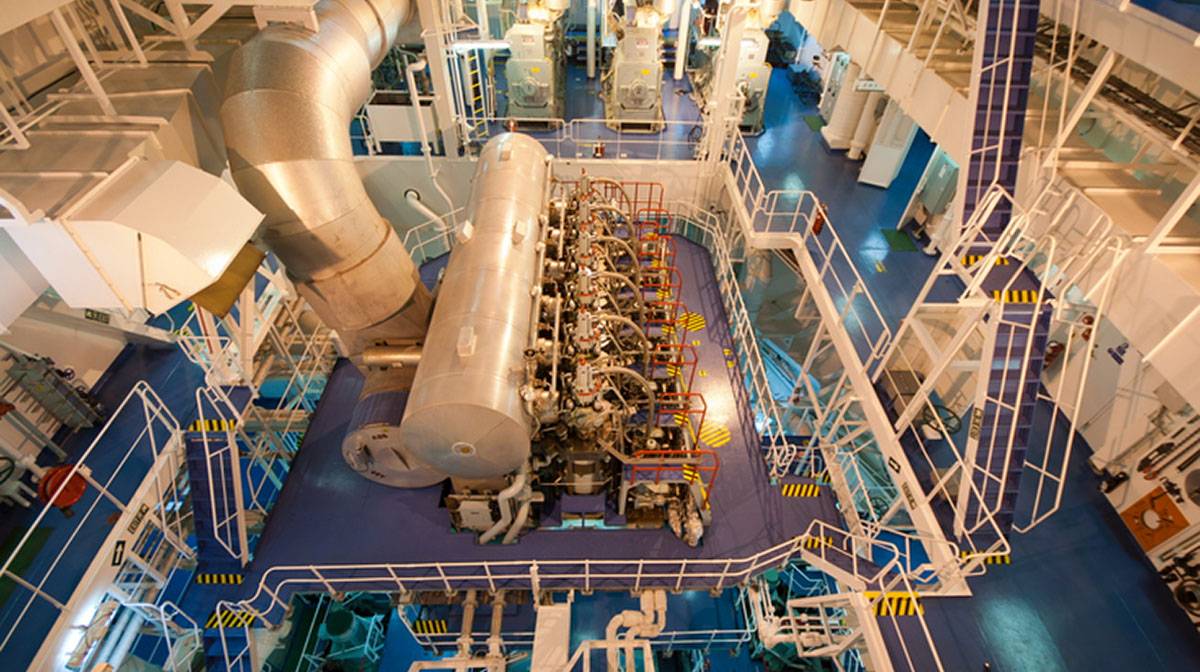Fleet Size
Need
Vessel Type
Migration
About Us
Ship Management & Maintenance Platform Optimization with the Cloud
Benefits of cloud computing systems in the maritime industry, especially on the topic of maintenance management.
The transportation industry, particularly in the maritime and ship management sectors, primarily looks at virtual and digital tools to enhance their understanding of current facts and figures and deliver insights. Compared with conventional control mode, virtual control of operations are extra convenient, green, and traceable.
The maintenance control platform primarily based on cloud computing manipulates the enterprise statistics, offering platform providers the opportunity to deliver complete-scale control over statistics. This generates an additional avenue for cost savings as optimization of such practices provides immediate results. Bolstering the upkeep and control and constantly troubleshooting for issues in real-time are facets that can significantly enhance operation. Ensuring delivery in a sustained and preservable manner will lower the organization's running costs and complete the transportation plan in full.
Many companies approach these responsibilities through archaic methods and try to tackle spreadsheets, statistics control structures, and synchronization and replication technologies onboard their vessels. Now, we are seeing a fast-paced transition towards integrating newer technologies, especially involving cloud computing.
Cloud-Based Information Management for the Shipping Industry
Comprehensive management of equipment, spare parts, materials, certificates, travel, and maintenance will make ocean and coastal, and river vessels safer, more scientific, and more efficient when concerning system implementation and functions. The maintenance management system was born in the 1980s. Since then, this domain has been rapidly advanced with convenient and efficient information management in the shipping industry.
Today most of the ships on international routes are equipped with the system. It is integrated into the management of marine equipment and spare parts, ship maintenance plan creation and review, management certification, ship material management, warehouse management, expense management, crew management, shipping management, and report management, etc.
With regards to business functions, cloud computing-based maintenance management platforms are systems where cloud computing technology functions as the core and the Internet as the operator. The computing model integrates scalable computing, storage, data, and the application of distributed computing resources on a large scale to work together. Data, applications, and services are stored in the cloud instead of on the local computer or remote server. The total use of the data center with powerful computing capacity, the adaptability of the maintenance management system, and its comprehensive plan are significantly beneficial for any company in the industry. Cloud computing is the third change in the global IT industry and a new focal point in the development of the IT industry in recent years.
How Can Ship Management Companies Benefit from the Cloud?
The core idea of cloud computing is to uniformly manage and plan a large number of network computing resources, then build a pool of virtualized computing resources to provide customers with the necessary services to improve resource utilization. When it comes to configurable and shared core resources, it provides users with convenient, real-time access to the network, storage, and computing resources on the condition that cloud service providers rarely participate.
Cloud computing providers connect many network nodes and devices to set up one or more large data centers. The data center then makes various service levels available to customers, such as infrastructure services, platform services, storage services, software services, etc. Through such practices, it can meet the requirements of massive data storage.
The cloud computing-based maintenance management platform integrates and manages all business information about the operation and is the core and center of managing the ship information. It provides the framework and platform services for extended service.
The cloud computing-based maintenance management platform provides the following functions:
ship maintenance system compliance
maintenance system maintenance schedule
cycle maintenance system, etc.
a variety of marine equipment maintenance management systems
Cloud data collection is supported by a full-scale cloud ship-to-shore data synchronization mechanism, anytime and anywhere. This allows for solid cloud storage, cloud computing, cloud services to be available to the organization. In the meantime, it also supports remote diagnosis and decision-making, remote medical treatment, intelligent monitoring of power consumption, etc.
With the advancing computerization of shipping, intelligent ship systems are constantly evolving. However, the system cannot perform the interaction and integration independently, resulting in great inconvenience and waste. Services for the integration of systems with different system resources will be beneficial for any organization. If you are looking for a business data platform that will allow you to manage real-time data collection for your ship management company, check out Navatom Planned Maintenance System now.